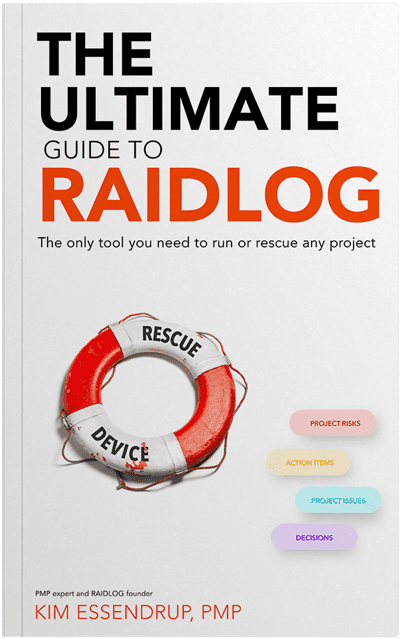Risks, Actions, Issues and Decisions are the fundamental building blocks of a RAID log which keep you operationally present and on top of your project. But there are a lot of other useful things you can put into your RAID log that can be helpful on a daily basis.
That said, we do have to be careful not to go too crazy. Adding too many things to a RAID log distracts from the key things we need to focus on. The litmus test for whether something should go into your RAID log or not is this:
- Is it something that changes on a frequent basis – at least weekly?
- Is it something I have to remind people of on a weekly basis?
- Is it something I need repeated, quick access to?
- Is it something I need to use to keep my plan (schedule, resources and budget) on track?
If so, then it may be a good candidate for your RAID log. Otherwise, it could be baggage that could drag down the RAID, so may be better stored elsewhere.
Following are a few common RAID log additions. At one time or another I’ve used every one of these. You may add one or more of these to your RAID log – or come up with your own.
For each of the following additional RAID log tabs, we have included a list of recommended columns for your RAID log in the appendix.
